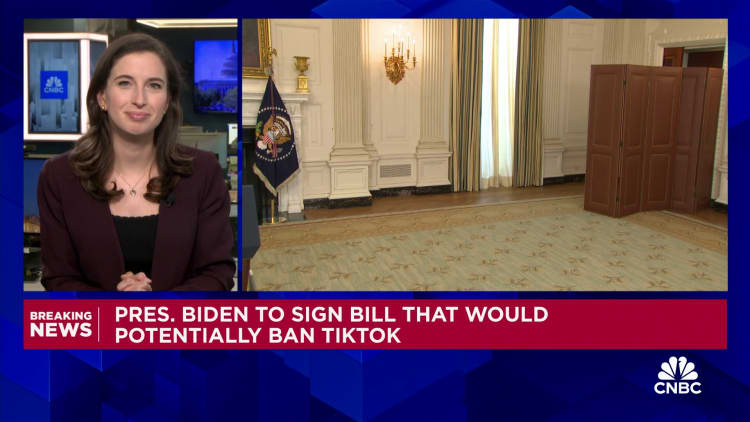Mary Kay Henry, the president of the Service Employees International Union, one of the country’s largest and most politically influential labor unions, announced Tuesday that she was stepping down after 14 years in the job.
Ms. Henry was the first woman elected to lead the union, which represents nearly two million workers such as janitors and housekeepers in the public and private sectors.
Under her leadership, she launched a major initiative called “Fight for $15,” aimed at organizing fast food workers and pushing for a $15 minimum wage. Ms Henry won over skeptics in her ranks, arguing that the union could make gains through a broad campaign aimed at the industry as a whole rather than individual employers.
Labor experts and industry advocates call the campaign a major force behind significant minimum wage increases in states like California and New York and cities like Seattle and Chicago. She also pushed for a recent California law that calls for a council to set a minimum wage in the fast food industry, set to rise to $20 an hour in April, and create new health and safety standards.
But the Fight for $15 campaign did not unionize workers on a large scale or enable them to negotiate collective bargaining agreements with their employers.
Ms. Henry’s tenure coincided with a series of legislative and legal challenges to organized labor, including state laws that limited the right to collective bargaining and allowed workers to waive once-mandatory union dues, as well as a landmark Supreme Court ruling that Allowed government employees to do the same.
Union membership has remained virtually unchanged under Ms. Henry’s watch, while the overall share of Americans represented by unions has declined by about 15 percent. However, the union lost mandatory contributions from more than 200,000 non-members, resulting in significant loss of income.
The union will select Ms. Henry’s successor through a vote of delegates at its quadrennial meeting in May.
“I’m ready to pass the baton,” Ms. Henry, 66, said in an interview. “SEIU is packed with powerful, dynamic, multi-ethnic, next-generation leaders who are ready to seize this moment of worker uprising.”
The union’s second-highest official, secretary-treasurer April Verrett, said in an interview that she plans to run for the top job.
A longtime organizer, Ms. Henry was executive vice president when the union’s board of directors selected her to take over the presidential term from Andy Stern, who resigned in 2010. She won the first of three full four-year terms in 2012.
Ms. Henry’s approach has led to criticism that the union is too top-down in its efforts.
Organizer and scholar Jane McAlevey has criticized the Fight for $15 for focusing too much on what she calls “mobilization” — that is, relying heavily on professionals, consultants and activists to raise attention and to shape public opinion – rather than building a comprehensive, worker-led organization.
As SEIU became more involved in a union campaign that a subsidiary, Workers United, launched at Starbucks in 2021, some Starbucks employees said decision-making and communications became more centralized.
In the interview, Ms. Henry rejected claims that union campaigns were not particularly inclusive of workers, but said it was important to combine local organizing with other strategies that put pressure on employers. Ms. Henry said the union had sought to invest in Starbucks’ campaign, as it did, to replace some of the company’s directors to make it more inclusive.
The union was also a driving force in politics and political debates. Ms. Henry took the top job shortly after President Barack Obama signed the Affordable Care Act, which the union had pushed for passage. She urged the union to defend the health care law against Republican attempts to repeal it.
The union’s political bets under Ms. Henry haven’t always worked, such as supporting Hillary Clinton early in the 2016 presidential campaign cycle. Many members later became enthusiastic about her Democratic primary rival, Bernie Sanders.
In 2020, the union took a different approach and put forward a policy agenda that it urged candidates to adopt. This included making industry-wide negotiations easier for workers and making large investments in home care and child care, including higher wages for caregivers. Joseph R. Biden Jr. integrated many of the union’s ideas into his domestic policy program on his way to the presidency.
“It’s an example of how we take stock and evaluate leadership decisions, draw lessons from them and think about what we want to do differently next time,” Ms. Henry said of the change in approach.
Still, Mr. Biden’s proposed comprehensive home care and child care measures failed in the Senate.
Ms. Henry said the union had spent a lot of money on this year’s political elections – expected to exceed $100 million, according to a union official.
“We want to finish the job,” she said. “We have goals from the Senate, the House, the governors, the state legislatures and the city councils – to make all the great progress we can.”
Source link
2024-02-06 20:44:54
www.nytimes.com











